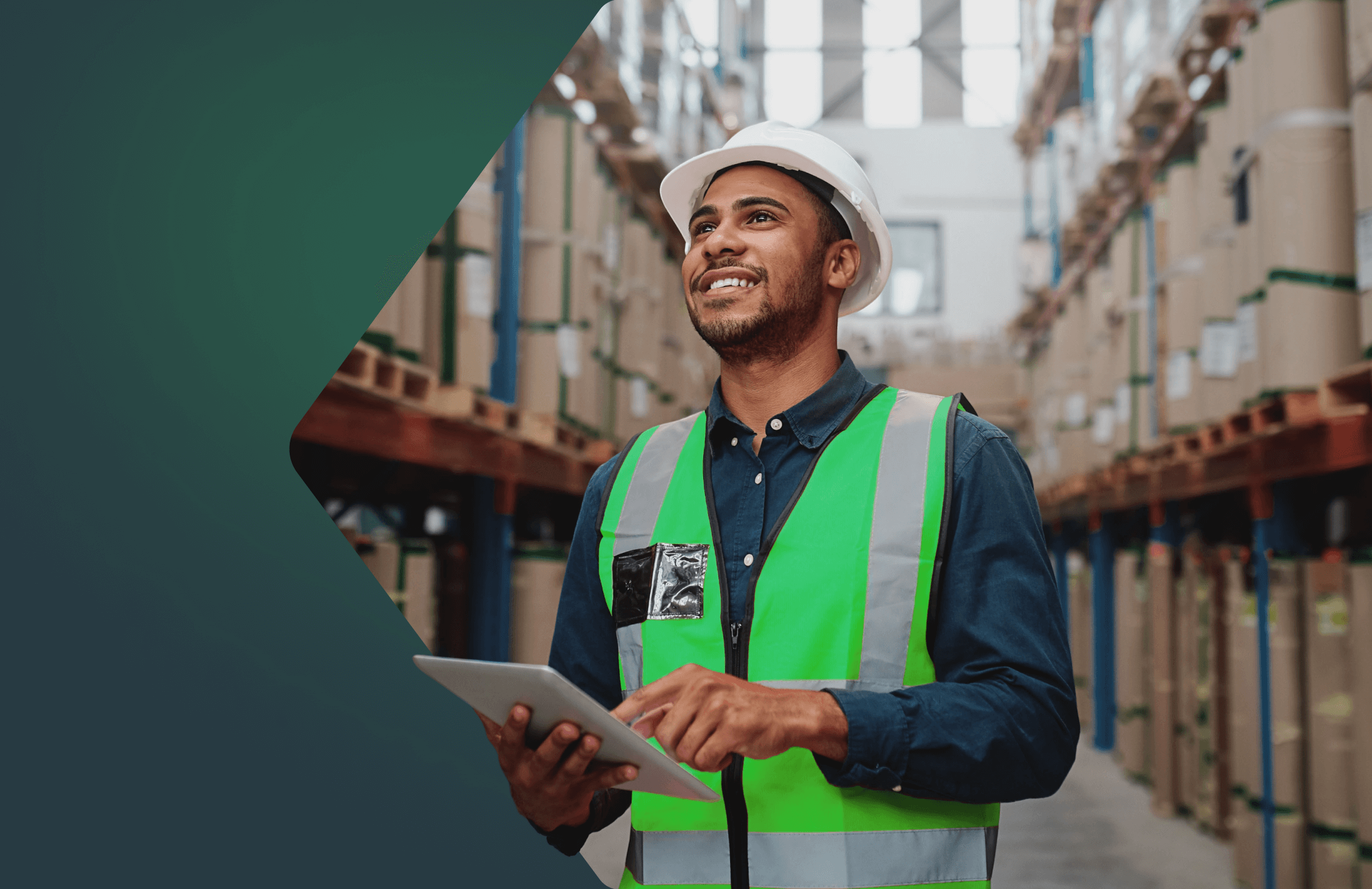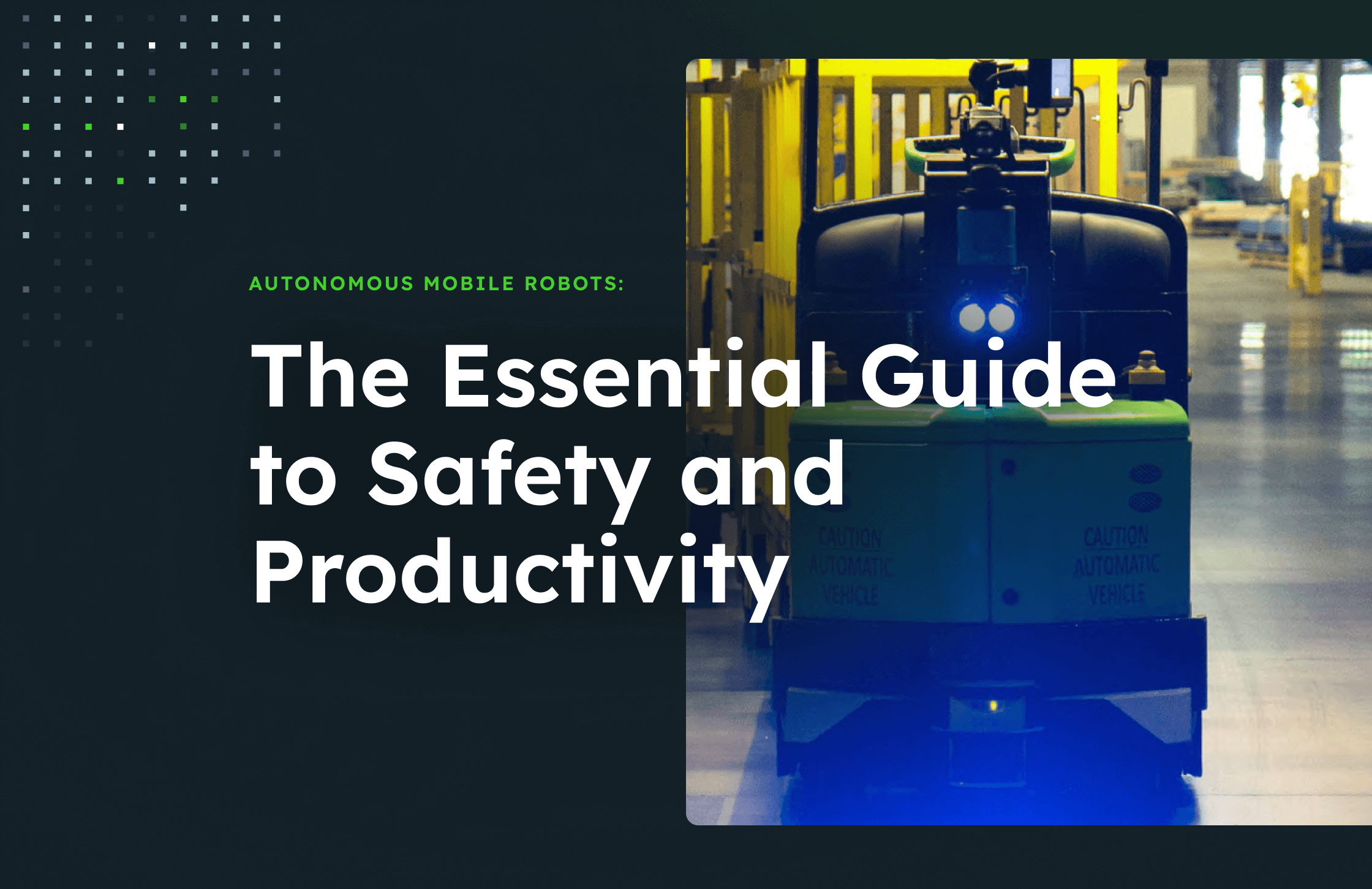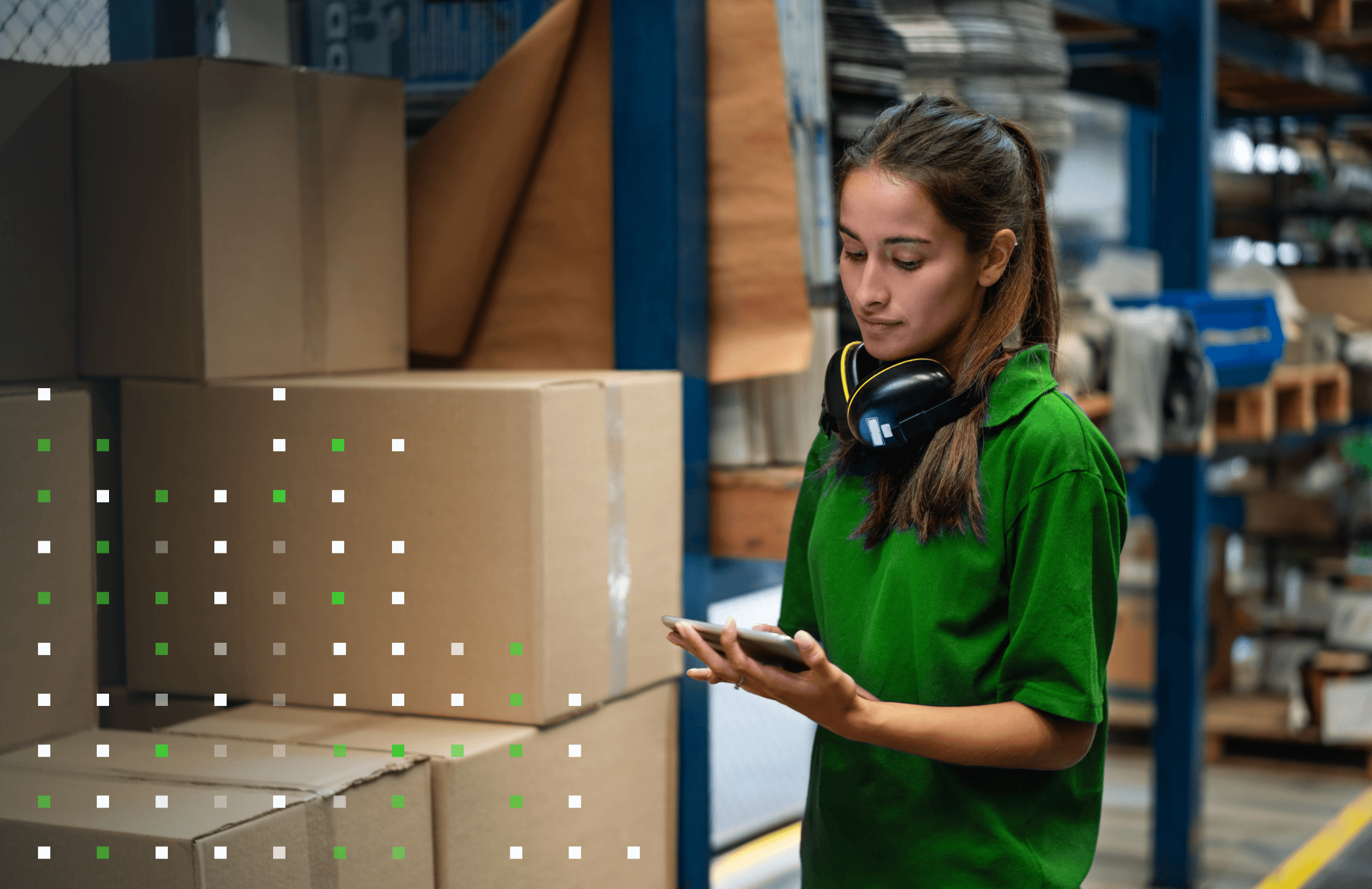The adoption rate of “self-driving” industrial vehicles such as autonomous forklifts, pallet trucks, and tuggers continues to rise. Warehouses are making the shift towards automation for many reasons – including a lack of available labor and a need to increase efficiency as demand fluctuates and e-commerce grows. However, safety is not to be overlooked as a major benefit of autonomous vehicles. In recognition of National Forklift Safety Day, it is important to note the current incident rate of manually operated vehicles and consider ways in which automation can reduce this.
Dynamic Workflows lead to safety challenges with heavy machinery.
Any warehouse is a complex system of moving parts. A dynamic warehouse environment will pose many challenges when it comes to keeping workers safe, as dangers are bound to arise in any situation that brings people and machines together.
Forklifts are one of the greatest hazards in the warehousing industry. OSHA estimates that on a yearly basis, forklifts cause about 85 fatal accidents, 34,900 accidents resulting in serious injury, and 61,800 non-serious accidents. According to the Industrial Truck Association, there are about 855,900 forklifts in the U.S. If we assume one accident per vehicle, over 11% of all forklifts will be involved in a harmful incident each year.
Current industry conditions have created the perfect storm.
A shift in economic conditions has led to drastic workflow changes. According to industry forecasts, rising e-commerce will cause the sale of manual industrial forklifts in the U.S. to surpass the industry’s 2018 record high by more than 16,000 units. This new equipment will require more labor in an industry that already struggles with staffing and high turnover. With rush hires and inexperienced workers handling high-stress order fulfillment, accident rates are likely to increase.
Autonomous forklifts are safer and more reliable.
By making the switch to autonomous forklifts, you’re not only solving for the current labor shortage, you’re introducing a reliable and thoroughly tested navigation element. Using high-technology sensors and recognition, autonomous forklifts can detect, report, and even solve for obstacles and workflow issues consistently. (With the help of orchestration, autonomous mobile robots can even prioritize completing tasks or solving issues as they arise, so efficiency will increase following implementation.)
With automation, workers can be moved off tedious and dangerous machinery operation and be assigned high-value tasks – offsetting staffing issues and reducing turnover rates. Robots are perfect for repetitive functions, quality precision and around-the-clock work, but humans have unmatched strategic decision-making skills. There is no need to make humans carry out robotic tasks, especially those that too often lead to serious injury.
Download our comprehensive guide to the technology that makes our AMRs safe and efficient.
Read more about autonomous forklift safety here.





